Lehigh University and Bethlehem, Pennsylvania are mutually exclusive entities: neither would operate as they currently do without the other. The city of Bethlehem provides fruitful cultural experiences and diverse dining options, while Lehigh students and faculty bring economic stability and lead community initiatives on the Southside.
The university and the local community have had a complicated history since the 1960s urban renewal era. Anna Smith, a former director of the Community Action Development Corporation of Bethlehem, said that entire neighborhoods were bought by the university and used as land for parking lots, which was paid for by federal money.
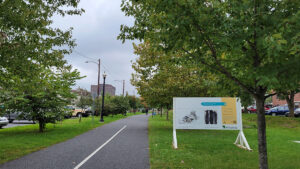
The South Bethlehem Greenway. The Greenway is a 4.8 mile, linear park running through South Bethlehem. (Sharon Jo/B&W Staff)
The university now finds itself expanding once again. The College of Business is expanding into a new building on Packer Avenue between Taylor Street and Webster Street. The new Health, Science and Technology (HST) building is also opening its doors at the corner of Morton Street and Webster Street.
The university said both buildings are intended to provide space for Bethlehem residents to engage in community-based research and wellness activities, elevating students’ learning experiences.
Brent Stringfellow, Lehigh University’s former architect and associate vice president of facilities, said the HST building will be the first campus building designed to face outward toward South Bethlehem. All other buildings were intentionally designed to face inward.
A further separation can be observed between the students and residents, particularly through their language. Students often use the word “townie” to describe local residents, as witnessed in casual conversations and on social media.
Bethlehem City Councilwoman Rachel Leon said she feels that the Lehigh administration wrongly portrays a negative image of the local area.
“Bethlehem has a wealth of culture, and if you interact with the city, it will only enhance your time at Lehigh,” Leon said.
Southside residents have long-since been expressive of their critiques of the university.
“When I started at Broughal Middle School, we were told explicitly by our principal that as Broughal students, we were not to step on Lehigh’s campus, and that the police would come get us if we stepped foot on Lehigh’s campus,” Smith said. “Those messages did not go a long way to create a positive relationship between residents and the institution.”
Stringfellow said the university openly communicates with Bethlehem residents and the city government regarding future expansion plans. He said that a number of expansion projects, including Farrington Square, the STEPS building and Southside Commons, were built on land previously used as parking lots.
While building over parking lots does not currently eliminate residential housing, most of the land developed into these lots by the university were originally home to Southside residents.
Adrienne McNeil, the assistant vice president for community and public affairs at Lehigh, said that no land is taken away from the Southside community. Through hundreds of meetings with stakeholders, community partners and residents, McNeil ensures that community members are aware of what is happening.
McNeil said no residents have been displaced by Lehigh’s expansion.
McNeil said strategic priorities, including community safety and work with local schools, help to stabilize the neighborhood. The university’s goal of expansion is to bring more people to Bethlehem, which she said would help residents.
“The reality is that the research will tell you that students in the neighborhood actually bring stability,” McNeil said. “Student housing provides stability, versus what could otherwise happen, having a lot of transient people moving in and out.”
Southside Bethlehem residents said that with a lack of accessible housing and the expansion of student housing, the neighborhood has not always been as transient as the administration says.
Leon, a life-long resident of South Bethlehem living on East 5th Street, said when she was growing up, student housing did not extend past the first block surrounding the university.
Now, student housing reaches up to the 800 blocks of Bethlehem.
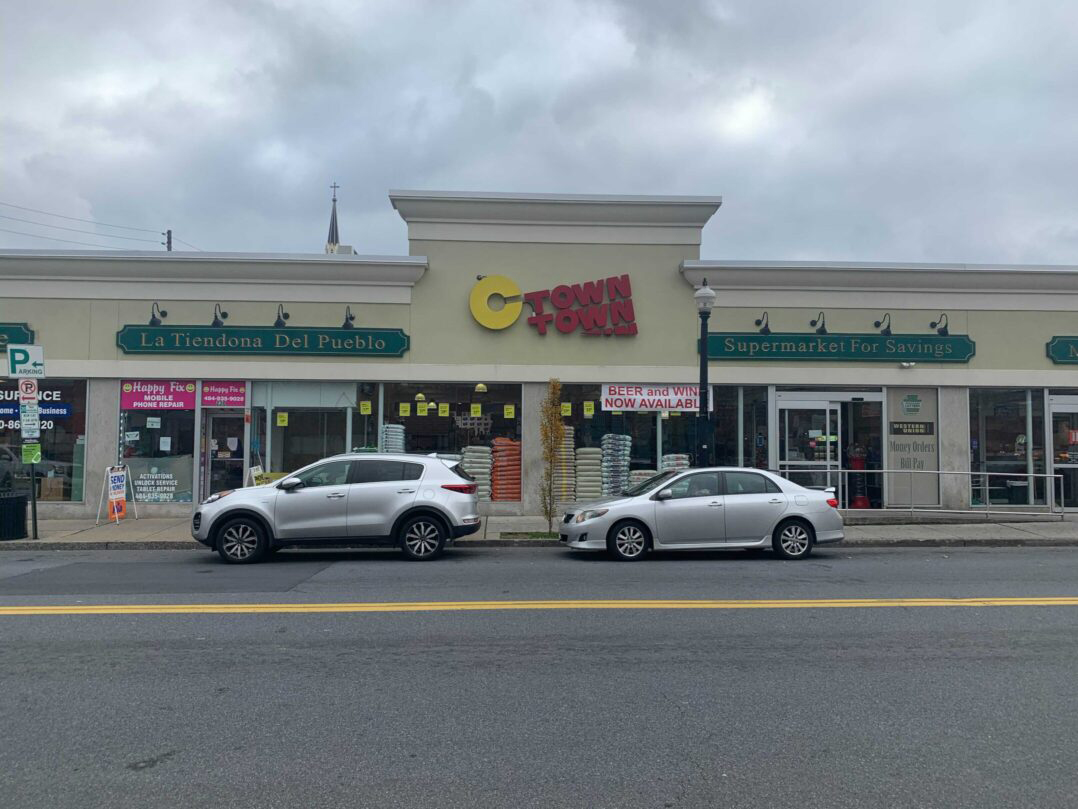
C-Town Supermarket is one of few grocery locations in South Bethlehem. The grocery store is located on East Third Street in South Bethlehem, just a few blocks away from the University. (Courtesy of Nicole Guarino)
Leon explained that student housing has replaced areas that were previously occupied by family and resident homes.
“It was not always transient. It is now because of the lack of affordable housing and single homes being turned into three and four apartment units,” Leon said. “It’s irresponsible to talk about expansion right now. It’s like spending money before you have it.”
McNeil said the university does not have any control over the private landlords who own a majority of off-campus student housing. The university is not involved in this process, nor do they take responsibility for it.
Even so, Smith suggested that Lehigh could become more active in conversation surrounding accessible housing by providing more guidance for students living off-campus.
While policy was developed in the hopes of containing student housing to certain zones through a city ordinance, Smith said the university needs to become active in this policy making.
“I think that when you ask people about what the issues are, they immediately think of housing because that is the instance in which most Southside residents have the most interaction with Lehigh students,” Smith said.
She believes that the issue of housing provides Lehigh with an opportunity to get more involved in the community.
“I think it’s generally a good long-term community investment to expand education. The quality of life of Bethlehem residents won’t be negatively affected so long as Lehigh can implement some sort of active integration of students into the community,” Salmini said.

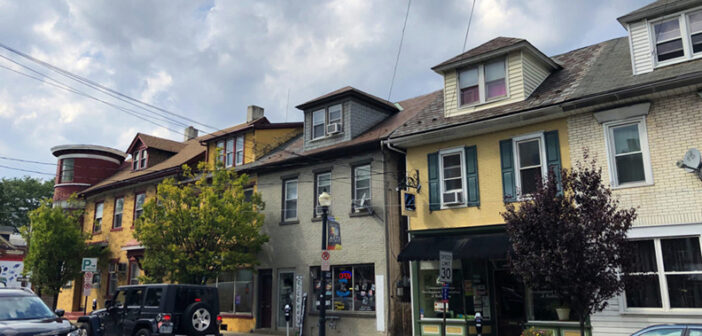

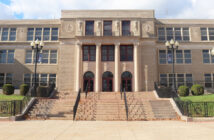
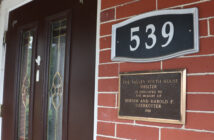
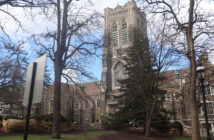
Comment policy
Comments posted to The Brown and White website are reviewed by a moderator before being approved. Incendiary speech or harassing language, including comments targeted at individuals, may be deemed unacceptable and not published. Spam and other soliciting will also be declined.
The Brown and White also reserves the right to not publish entirely anonymous comments.
1 Comment
I find Ms. Smith’s comments interesting. I lived off-campus during the summer of 1980 – literally across the street from campus – in a house with other students. I also lived off-campus during the 1981-1982 school year. At first I lived in a house that was at least 7 blocks from campus and then I rented a room from a homeowner a bit closer to campus. Students used to live all over South Bethlehem. We were part of the community then, although I remember hearing the negatively-perceived term ‘townie’ more than once on campus. I have been back to campus a few times in recent years and was really impressed with the variety of gallery, eating, and entertainment venues now available. I hope the university and local populations can become much more of a blended community to enjoy a better learning culture.